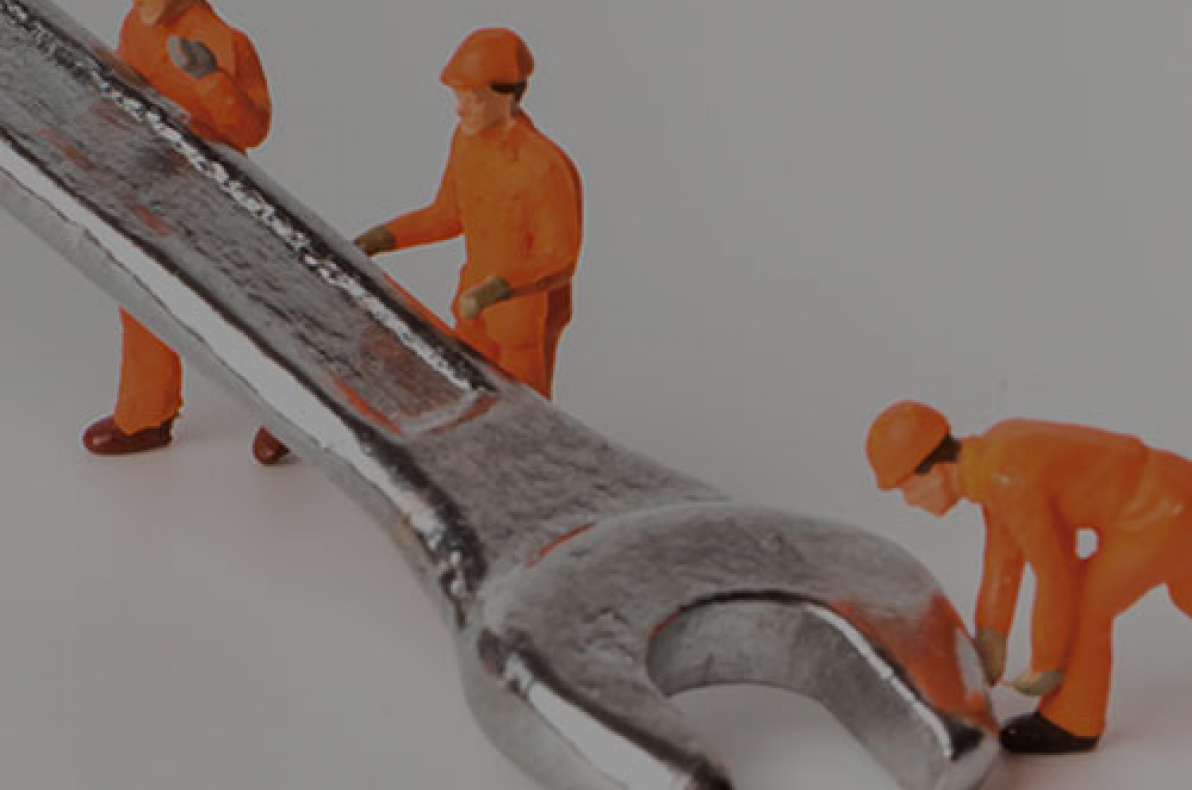Summary Sheets on Regulated Hazards: SAMPLe

On March 25, 2016, OSHA released its final rule for crystalline silica measurement and control. This revision to their earlier silica standard cut in half the previous permissible exposure limit (PEL) for respirable crystalline silica; down to 50 micrograms per cubic meter (μg/m3) of air averaged over an 8-hour shift.
The full rule, as published in the Federal Register, is more than 600 pages long. The scheduled implementation date for the OSHA standard is June 23, 2016; although a number of lawsuits were filed in an effort to halt or delay the implementation of the new rule. Since any sort of cutting, coring, grinding, or crushing activities (and even some excavation) that impact concrete, cinderblock, tile, or other masonry products can generate significant amounts of airborne silica the new rules will have a wide-ranging impact on restoration contractors.
Despite being directly impacted by the silica rule, few restoration contractors have time to wade through hundreds of pages of material. That realization prompted the RIA’s Environmental Council to consider developing a summary piece to explain how the new silica rule will affect the restoration industry.
As the project began, it became clear that the new silica standard imposes testing and compliance requirements on restoration contractors that are similar to other recognized, and federally regulated, hazards. Therefore, the initial project was expanded to cover a number of potential contaminants that restoration contractors encounter on a frequent basis. The project was further expanded beyond materials which are subject to federal or state regulations to also encompass mold. Doing so allowed for the development of a memorable acronym, SAMPLe, that allows restoration contractors to easily remember what suspect materials on the project site they should potentially document, sample, and control.
It is the hope of the RIA's Environmental Health and Safety Council that all restoration contractors will take their responsibilities to deal safely with indoor contaminants seriously. Although compliance with regulatory guidelines does not, in and of itself, guarantee the safety of a restoration crew; such compliance is an excellent starting point to prevent injuries/illnesses and minimize liability to the organization.
Although every effort was made to include the most important applicable information for each of the SAMPLe sheets, these are only summaries. As such, they should not be used as a sole source of information for regulatory compliance. For additional information regarding the application of the information in this document to a specific project please contact the Restoration Industry Association.
Click here to download the summary sheet.
Michael A. Pinto
Chairperson, Environmental Health and Safety Council
